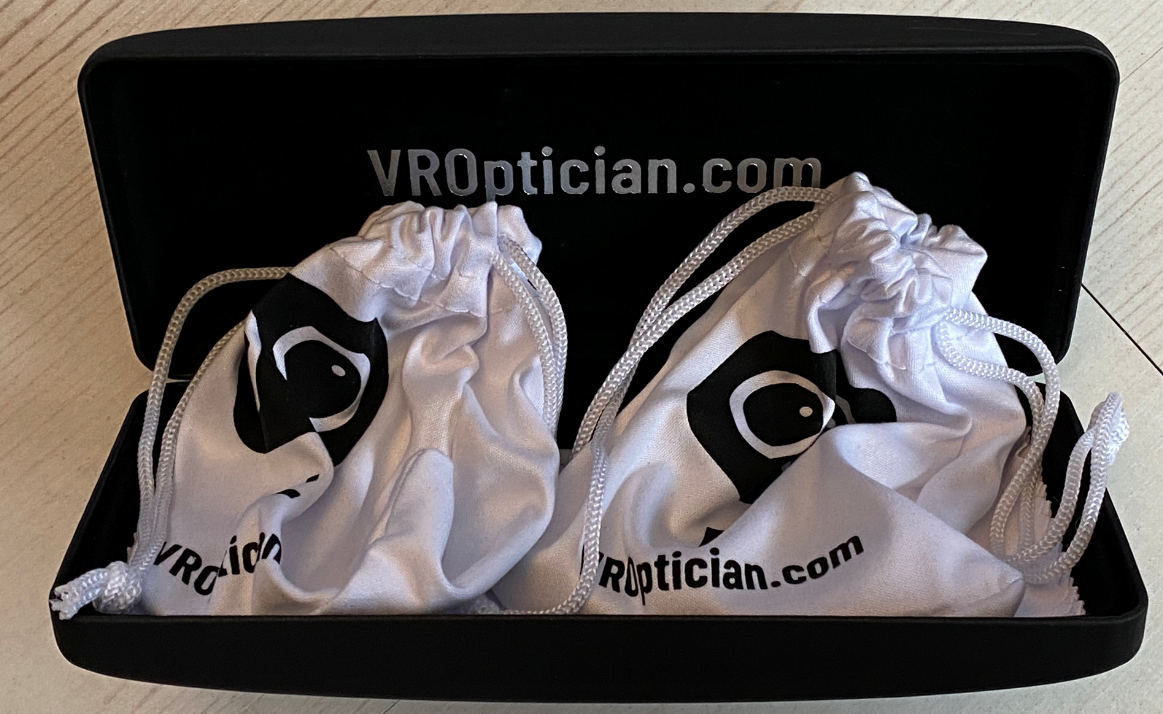Elven Assassin is great fun
/How we tend to look after a session
I know a few folks with Quests, which is nice. We’ve been playing Elven Assassin which is great fun. We position ourselves on platforms around the landscape and try and stop nasty things from wandering into our village/temple or whatever by shooting them with arrows. There were a few glitches getting started, but once we got going the game worked very well.
The graphics on the Quest don’t look as impressive as the screenshots on the game website. But they are perfectly adequate for the job and the important bit (taking aim and shooting with your bow and arrow) works really well. If you and your friends have Quests it is a fun way to get together and do stuff.
I’m fairly rubbish at most video games, but in the coop version of the game it doesn’t matter quite so much. Those with sharper shooting skills than mine can take up a bit of the slack and, most importantly, they aren’t shooting at me.


























